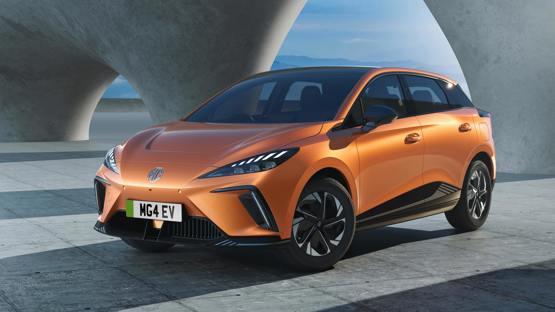Sales of electric cars are expected to hit 400,000 this year, according to a new launched by cap hpi consulting.
The latest analysis from the cap hpi POWER UPdate identified a significant shift in size segment in January, with a considerable decline in upper-medium vehicles, from 45% to 30% of all UK BEV sales, and an increase in smaller cars, from 20% to 30%.
When comparing BEV and full-market registrations by segment, the January data shows the first signs of the new BEV market normalising, with BEV registration shares starting to align with the overall market.
The cap hpi POWER UPdate examines a wide range of factors, from the new market and pricing to charging network updates, used market and forecast insight, and SMR data.
In 2023, Tesla continued its market domination, with 50,000 Teslas registered, of which 36,000 were Model Y. The Tesla Model 3 was facelifted at the end of 2023 and is expected to deliver a stronger performance in 2024. Tesla registrations by model variant show that many consumers opt for the ‘base’ RWD versions. MG holds second place with 30,000 units, of which two-thirds were MG4.
Pricing data for 2023 Q4 showed a significant uptick in average list pricing, up £3,000 on the previous quarter at £53,000. While list prices have increased across the UK new car market, significant discounts have also been available, which may have led consumers to select more expensive models.
In Q4 2023, nearly as many over £100,000 BEVs were registered (2,362) as BEVs priced under £30,000 (2,553). The market continues to grow in terms of product offer, with 480 individual models now available.
Mark Turnbull, director of OEM and consulting at cap hpi, concluded: “Overall AFV volumes are forecast to increase with continued government intervention. The AFV share is expected to exceed new petrol registrations sometime in 2024, if all technologies are considered.
“Meanwhile, BEV volumes for 2024 are forecast to be slightly lower – 414,000 versus 439,000. We can expect a more diverse marketplace in the next two years, new OEMs entering the market, and model ranges continue to expand.
“Additionally, the average size of batteries has now stabilised around the 60-90kWh sector, which dominates the market, suggesting it is the optimum size for most UK drivers.”

